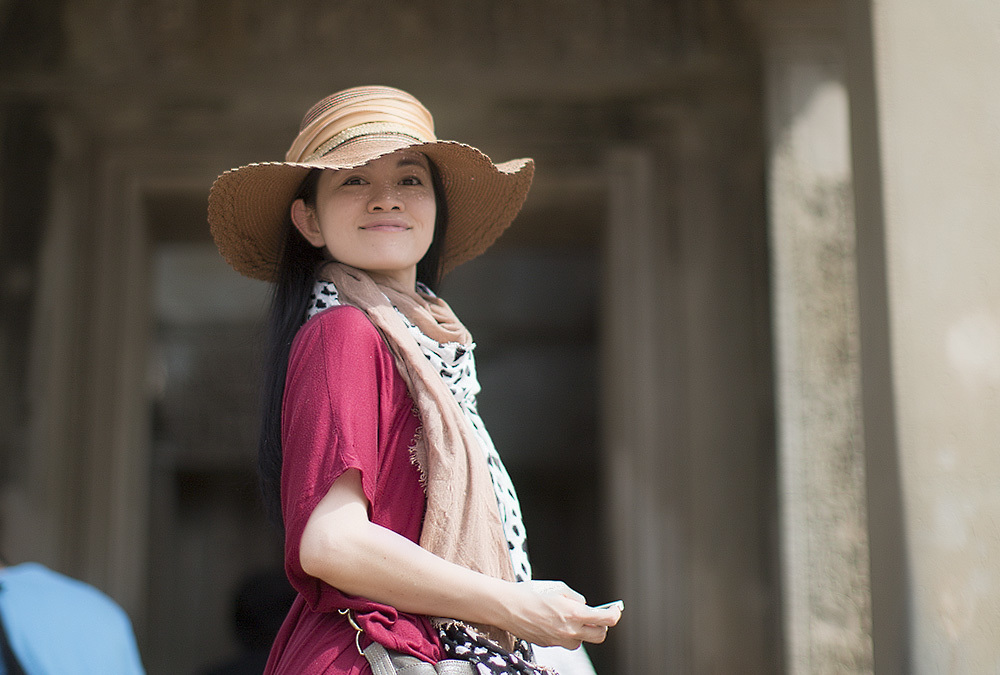山野 安珠美 AZUMI YAMANO
Yamano has studied under Tadao Sawai and Kazue Sawai. A graduate of NHK Japanese Music School. A trainee of the program of Domestic Study for Upcoming Artists by Agency of Cultural Affairs in 2002. A member of the Vision for Cultural Promotion of Yamaguchi Prefecture Committee for two consecutive years of 2003 and 2004. Awards and recognition include the Incentive Award of Yamaguchi Art and Cultural Promotion in 2007, the pass for NHK Hogaku Audition and the best prize at Japanese Hogaku Music Contest in Kumamoto in memory of Kenko Hase.
In 2007, Yamano was invited on several occasions to perform with Hermitage Museum Orchestra at Hermitage Japanese-Russian Performing Arts & Music Festival. Her other international stages include Schleswig-Holstein Musik Festival in Germany, Festival International de Teatru de la Sibiu in Romania, music festivals in France, Canada, Poland, Hungary and the concerts organized by Japan Foundation in the nations of Europe, Asia and South America. She is actively collaborating with the Western and folk instruments in search for the various possibilities of her performance with koto.
INSTRUMENT
KOTO
Koto is a 13-stringed Japanese harp which is shaped to resemble a dragon. A player of koto uses the bridges in between the strings and the body called kotoji to tune the strings, and pluck them with plectrums on three fingers on right hand.
There had been an original form of Koto existed in the ancient times in Japan. Koto as known today is in the form of another brought from China in the Nara period (710-794) as an imperial court musical instrument. In the Edo period (1603-1868), Kengyo Yatsuhashi explored its possibility outside the palace and created the original style of koto music called sokyoku. There are two schools in sokyoku; Ikuta and Yamada. The Ikuta school has a style standard of the western Japan around Kyoto, using square plectrums, seating at an angle to the harp. The Yamada school, on the other hand, has a style standard of the eastern Japan around Edo, present Tokyo, using round plectrums, facing straight to the harp.
Koto is made of paulownia trees. Silk or tetoron are used for the strings. Besides the traditional 13-strings, there are 17-strings created in the Taisho period of the early 20th century by Michio Miyagi, 20-strings and 25-strings which are created more recently. AUN J Classic Orchestra applies koto of 13-strings and 17-strings to enchant the audience with the classic tone of the instrument.
The players of koto are Azumi Yamano and Shin Ichikawa.

